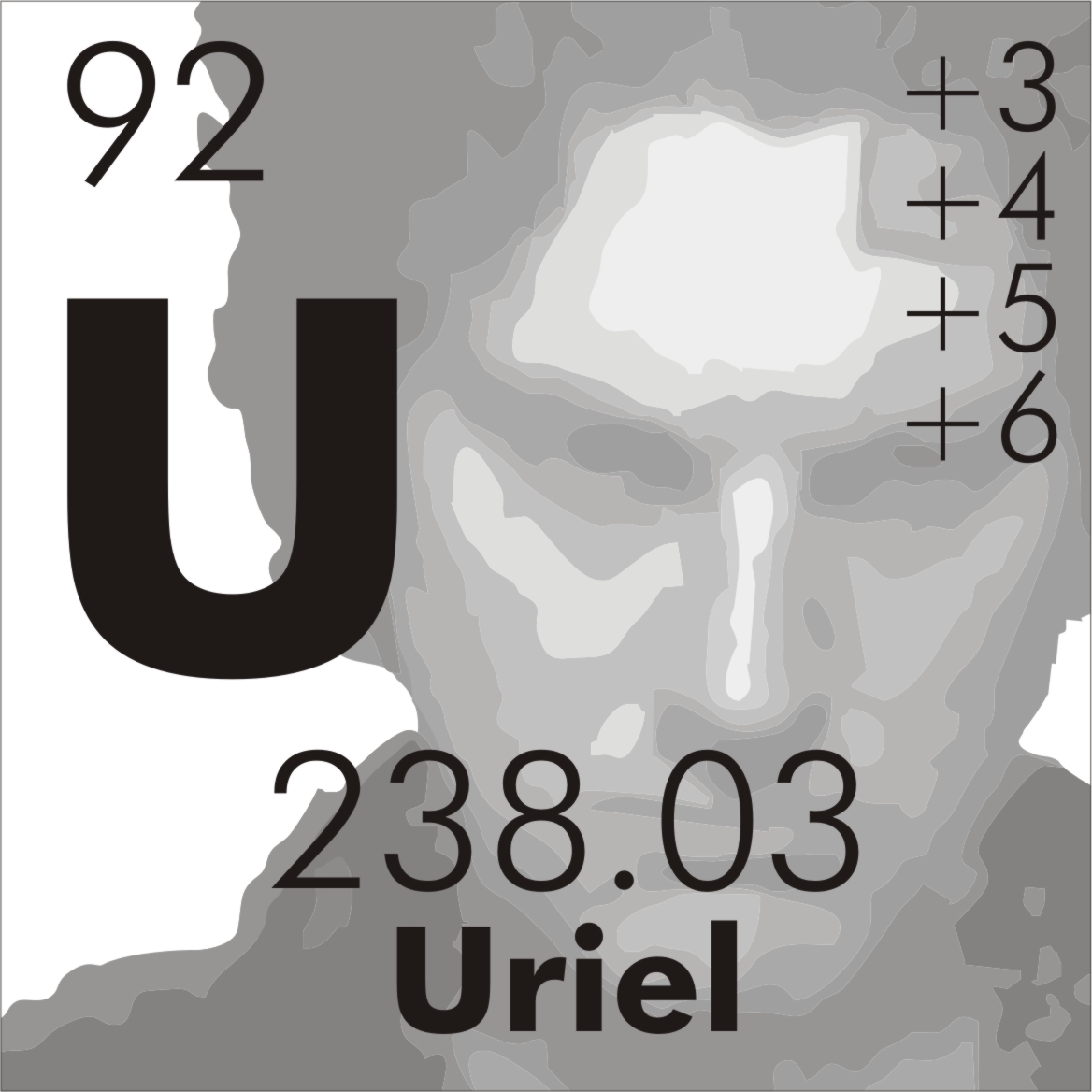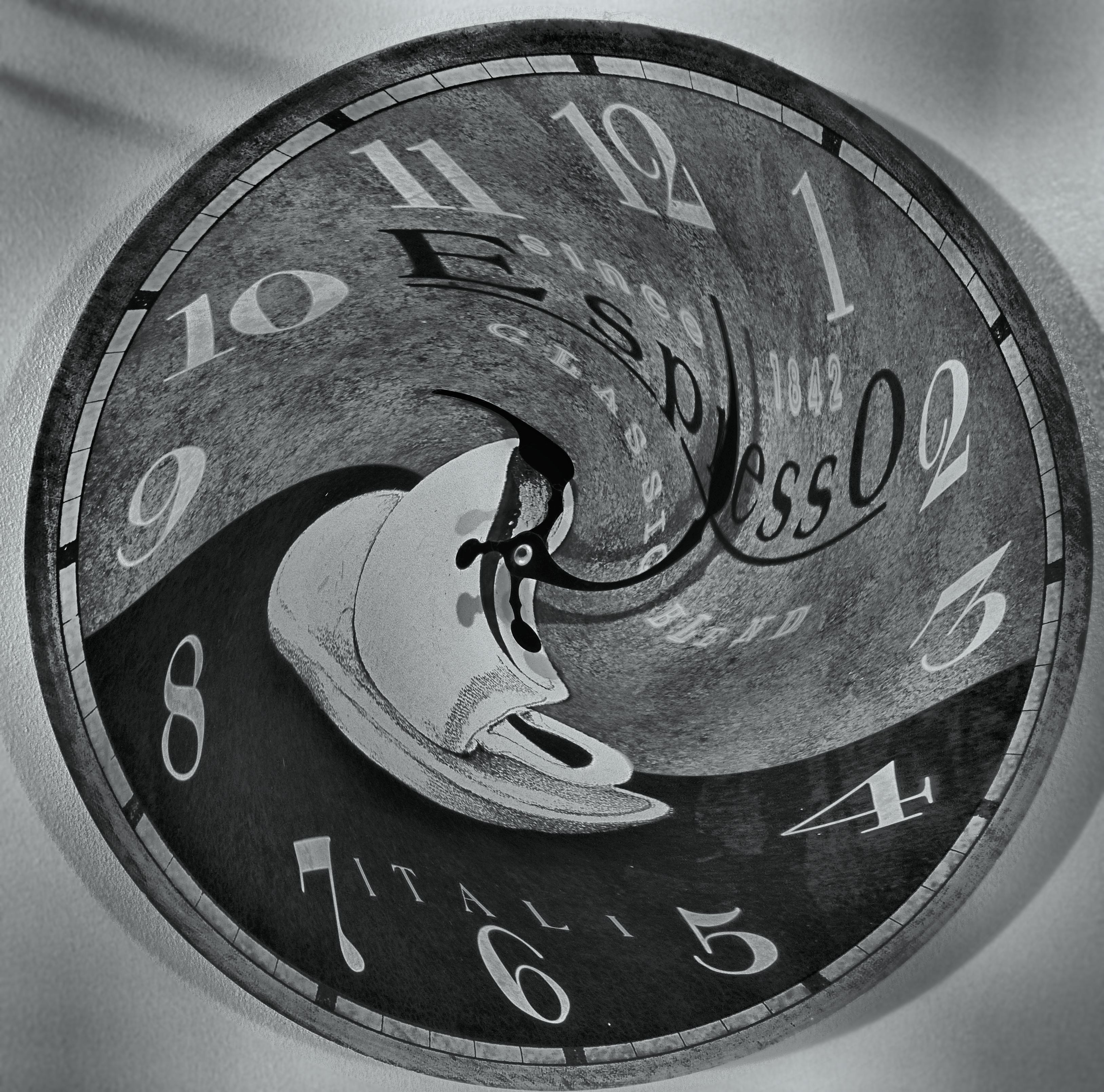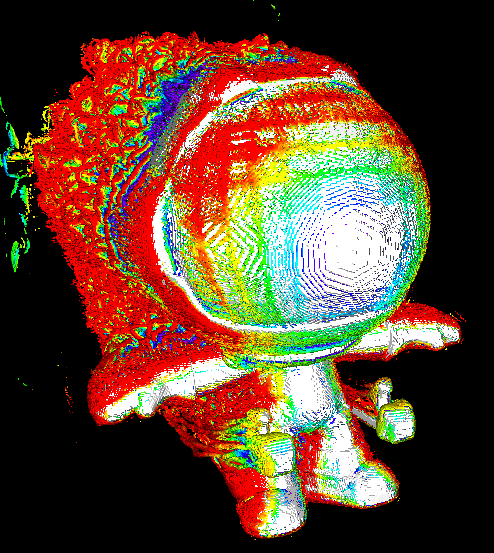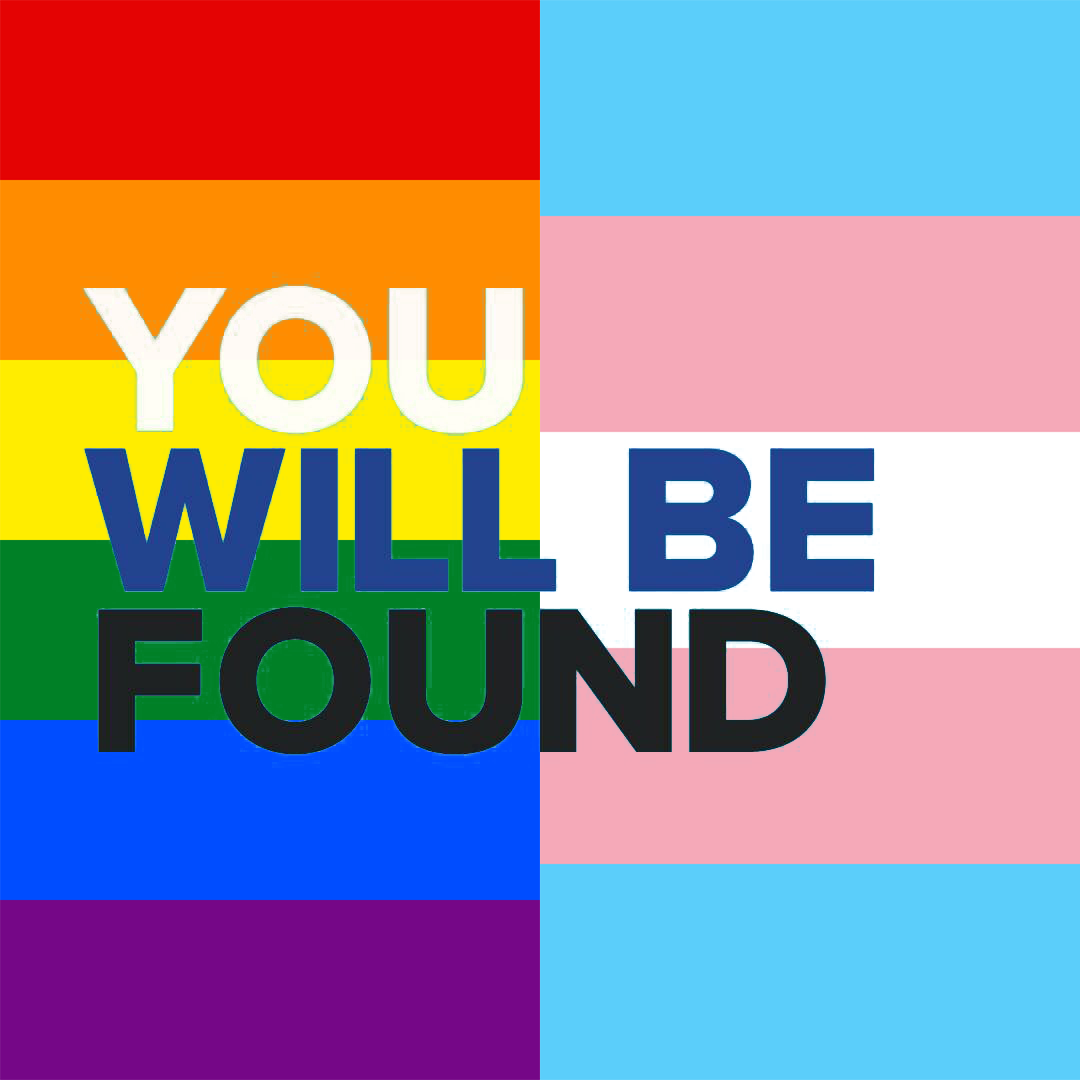Partial orders can also have maximums
But maximums are only guaranteed to be represented by a unique element in in total orderings.
Edit: also, infinite sets might not necessarily contain an element of their maximum value.
There are demonstrably not infinite humans alive at the same time though.
Okay, so Earth exists. This means for a set volume of space (say about the size of the solar system) there is some positive probability that it contains a planet that is indistinguishable from earth. Let’s assume the universe is infinite. If we can search an arbitrary volume instantly, our probability for finding a duplicate of earth approaches 1 as our volume increases. This means the probability we will never find a duplicate of earth is exactly 0, which means that we will find a duplicate upon searching a finite volume. Since in our hypothetical the search is instant, we can perform this search again, locating a second duplicate of earth. Following this process, we can locate an arbitrary number of perfect earth duplicates in a finite ammount of time. This means that if Earth arose from natural processes in an infinite universe, there are infinitely many exact duplicates of earth with life that includes specimens genetically identical to humans.
This implies that there is no one gayest person in the universe.
Eh.
You’re starting from the assumption that the universe is infinite, and conclude that there is no maximum because the universe is infinite.
Sorry for being this blunt, but that’s intellectually boring.
Most of the entertainment comes from the non-obvious corollaries of the intermediate results. For example, every person has infinitely many perfect yet distinct copies that are identical right down to personal histories.
There’s more, if you care to take the time to think about them. I was just using the conversation as an excuse to expose more people to the implication.
There are infinities without repetition. Usually the proofs for the stuff you describe assumes finite possibilities.
Please elaborate.
There are an infinite number of numbers between 0 and 1, and yet there is no repetition. Pi and other irrational numbers are infinite yet non-repeating. I wish I knew the name for this kind of thing because I’m sure it’s been discussed in philosophy (a kind of opposite, eternal recurrence, has been discussed a lot).
I don’t think anyone knows enough about the universe to say whether or not there is infinite variety in macroscopic stuff, so I don’t think anything can be ruled out.
I don’t think anyone knows enough about the universe to say whether or not there is infinite variety in macroscopic stuff
There are finitely many particles in the observable universe (that is to say, an infinite number will not fit), and a finite granularity to discern the position of those particles. That means there are finitely many configurations of particles within the volume of the observable universe.
Therefore, there are finitely many discernable things, so in a meaningful sense we can say with confidence that there’s a finite variety of macroscopic things.
So far nothing in the universe has shown to be infinite, hence any material representation of Gabriel’s Horn can be painted since paint has a thickness.
The Plank length is the shortest possible distance between two material points. Though at that scale even vacuum is tempestuous.
Are you suggesting gayness is measured in number of humans?
No, but each individual human is assigned identically one gayness value, therefore the number of values we must sort is equal to the number of living humans
But the possible number of outcomes is not limited by the subset of living humans. While we may have a currently highest number that doesn’t mean it IS the highest possible, nor that there is exactly one of them.
While we may have a currently highest number that doesn’t mean it IS the highest possible
I would argue you can only be gay if you’re alive, so you only need to compare living people, the theoretical maximum doesn’t matter, only the actual maximum of a finite number.
nor that there is exactly one of them.
Agreed. It might be a shared gold medal.
It is true that the gayest person currently alive, the gayest person ever in history, and the gayest person who could possibly exist may well exhibit three different levels of gayness; however, I believe that, were one sufficiently determined, it would be possible to find all three.
I’d argue each of has a gay expression, Gayness can absolutely change in accordance with time.
Obviously not
Find the local maximum by taking the derivative:
dgay dt
Sexuality has multiple axes.
- Intensity
- Orientation (towards Men, Women, Frogs)
- Time (people have been known to have straight periods, gay periods, horny periods, ace periods, etc.)
There are probably others that we relate to kink and paraphilia.
So the very gayest person would have to be specifically defined. Which is gayer: the horniest bisexual or the average-libido gay who has absolute-zero-Kelvin interest in the other sex? Or the gay man who is totally in love with (and exclusively devoted to) his hubby and has been this way for fifty years?
The gay agenda’s got axes now?
Turning the frogs gay and then giving them axes!!
And they have my bow
🪓🐸
Still annoyed that we still only have a frog face emoji and not a frog animal emoji.
Maybe in 2025?
turning the frogs axesual
I like the idea that we all have a >3-dimensional sexuality surface.
I am playing 5D sexuality
Removed by mod
Comment sections like this make me feel like I’m in a room full of crazy people, and or I eventually start to question my own sanity.
I mean sure, a spectrum is defined by at least 2 most extreme points (depending on the amount of dimensions). But like, what’s stopping us form mapping two or more people to either extreme? Why can’t 2 people be equally most gay or equally least gay?
If you limit the resolution of the gayness measurement, sure. You could define least gay as 0 and most gay as 5, then you have millions of people on 5. But there are infinitely many real numbers, and if there were some theoretical 100% accurate way to measure “gayness” (whatever that means) at “infinite resolution”, the chance of two people being equally most gay is theoretically 0. On the other hand of the spectrum, it’d be impossible to be ENTIRELY not gay at all, so even if millions of people are very close to 0, one would be the closest.
I’m way overthinking this lol
Not only that. What if there are multiple aspects to what gay defines. Is it just how much they like the same sex, or also how many fake stories they post online? One can score a 5 on one, and a 4 on the other.
The spectrum being multidimensional doesn’t stop us from maxing out every metric of what’s physically possible.
I mean it has to be a limit, a person can only be so gay. Like even if we define a spectrum as far and wide as we like. Let’s say height for example. That’s an infinite scale, but a human will never be a light year in height, it’s just not physically possible. And once there’s one human to reach the highest physical limit, what’s stopping someone else from also reaching that point?
a person can only be so gay
I knew a lesbian couple but one is now a trans man who transitioned a few years after they married eachother. I like to joke that they are so gay they went all the way around to being straight again.
But we know the tallest person in the world and possibly the tallest person in history. I’m sure if we can calculate a gayness metric we can also find these values, at the very least once our metric is define.
Just because we recorded one tallest man, doesn’t mean there was never and won’t ever be one that’s just as tall. Like sure, depending on our exact metric of gayness, there may very well only be one gayest person, but there could also be a 100, a 1000 or even more gayest people.
Maybe we should have a competition then? Like an annual Gayman competition where gayletes can compete in various gay events, with a winner eventually crowned.
Competitive gay! The ultimate gay-off!
The probability of someone reaching that physical limit is 0.
Ok, but the probability of multiple people reaching the highest point a person will ever reach is not 0.
No that probability is 0 as well.
Number theory suggests that by whatever metric it’s determined, there’s bound to be an infinitesimal difference between two measurements. Observation leads to significant figures, not reality
Well that depends on if gayness is a continuous or discrete quantity. If gay comes in very small but distinct indivisible units, the minimum could certainly be just 1 of these units.
Still, the upper range is likely to be unbound.
Planck gayness.
Avogaybros constant
I don’t think there’s such a thing as a discrete gay… number and the sofar unmentioned bi spectrum implies a distributed or Cartesian system of expression
Considering bisexuality and demi sexuality I suspect that attraction is what we are measuring, not just gayness. Perhaps even attraction along two dimensions - romantic and sexual. This has interesting implications considering that gender itself exists as a spectrum with multiple dimensions of its own, at very least expression and identity, perhaps sex should be incorporated too which further complicates matters…
Nonetheless, I don’t believe that any of this precludes our units of attraction from being discrete… I will concede that it’s probably more likely, if there is some kind of fundamental attraction particle, that it has comparable properties to the photon.
I’m considering that each of these attraction particles (furthermore referred to as attractons) exists as excitations in the gender/sexuality field. Thanks to wave particle duality we can have a quanta of attraction with continuous possible amounts of attraction associated with each - just like the photon’s variable energy.
You’re also not accounting for the principle of uncertainty with bi and homo curious and the collapsing of the gay wave function
It’s the quantum gay that we really have to measure, but I can’t pin its velocity for some reason.
The Kinsley Scale is well defined. https://kinseyinstitute.org/research/publications/kinsey-scale.php
So is the Likert, but I bet you anyone trying hard enough can get gayer.
I am 250 units gay
I appreciate the quantification.
Removed by mod
How is a spectrum supposed to not have a total ordering? To me saying sth is a spectrum always invokes an image of being able to map to/represent the property as an interval (unbounded or bounded) which should always give it a total ordering right?
How is a spectrum supposed to not have a total ordering?
I’m pretty sure a spectrum is always totally ordered. You can’t say “this point on the spectrum holds no relation to that point”, because then it’s not a spectrum.
Only 1D spectrums. In 2D spectrums there’s only a maximum relative to a specific 1D projection
It all comes down to definitions. First off, Totally Ordered is a property of the function that compares two elements not the set you are talking about. most sets have total orderings (if the axiom of choice is true then all sets have a total ordering). With Fields and vectorspaces there is the concept of a totally ordered Field which is essentially when the total ordering is compatible with it’s field operations (e.g the set of complex numbers has many total orderings, but the field of complex numbers is not an ordered field).
So it really depends on how we define the sexuality spectrum. So long as it’s simply a set then it has a total ordering. But if we allow us to add and multiply the gays then depending on how we define those functions it could be impossible to order the gay field.
Also a total ordering doesn’t mean that there is exactly 1 maximal element (it would need to be a strict total ordering to have that property), so we can all be the gayest.
There could also be an elite group of the gayest people on earth. Or it could just be 2 gay lords.
I think that same as you can’t get an arbitrarily accurate measurement of length, since at sub-atomic scales you can no longer perfectly define where exactly an object ends (and eventually you’ll reach planck scales and quantum foam and the task becomes even more impossible), it might not be possible to measure gayness with enough accuracy to decide between the most gay contenders. Let’s be real - gayness is probably extremely fuzzy if you look into it closely.
Gay field… A word I never imagined will encounter in my life
The color wheel, for instance
A colour wheel is not even partially ordered, I don’t think. There is a relation between some colours on the wheel but it’s not an ordering.
You can impose a partial ordering on it. HSL uses a hue angle. If we assume full saturation and lightness and pick an arbitrary direction to be positive, there’s your partial ordering. But not total ordering, there is no most clockwise color.
I feel like this doesn’t qualify as an ordering relationship, because of the circular nature of the wheel: for any two elements a and b (a ≠ b) on the wheel it’s both true that a is further clockwise than b and b is further clockwise than a (just keep rotating). This violates the antisymmetry property that an ordering relation should have.
You can fix it by establishing some point on the wheel as “least clockwise” (essentially unfolding it into just a straight line) but that immediately establishes a total ordering.
Measure acute only. Idk how to deal with 180° though
Removed by mod
A spectrum can have multiple dimensions, but that might not matter if you’re only comparing in a single dimension?
Ig thats where most of my confusion comes from, to me saying sth is a “spectrum” always evokes sth along the lines of
gay <--------------------> straight(ie one dimensional) with things mapping into this interval. But ig if you also include more than one axis in your meaning of “spectrum” there wouldn’t be as straight forward of an ordering for any given “spectrum”. + Like @[email protected] said technically even the 1 dimensional spectrum can have more than one order and the “obvious” one is just obvious because we are used to it from another context not because its specifically relevant to this situation.Gynophilia, androphilia, romantic attraction, sexual attraction etc. absolutely makes everything complicated yeah. And then there’s cultural stuff and minor personal preferences. There’s no real end to how many axis you could legitimately argue for including in a sexuality chart.
Total ordering doesn’t mean that the order is strict though. You can have multiple individuals with the same level of gayness.
Total ordering means all elements are comparable (=< would be a suitable relation), not that all elements have their individual rank (< relation).
A spectrum implies that the set is totally ordered but not necessarily strictly ordered.
Since the real numbers are a spectrum there exists one number which is the largest
Not comparable. There are finite gay people but infinite real numbers
Found him again
Now I’m wondering what the gayest gay person would look like.
Do you not own any mirrors?
Lol, gottem
It can’t be me, I’m just kinda gay

Geraffes are dumb.
For the unaware: https://old.reddit.com/r/pics/comments/8aqjh/awww_this_is_just_too_sad_pic/c08pp5z/
That post is a trip. 42,000+ comments, but only 38 comments outside of the geraffe comment/replies.
Hi, it’s me.
hello, who’s me?
You
you?
no, me
oh, me
edit: yeah me, but who’s me?!?!?
you’re you.
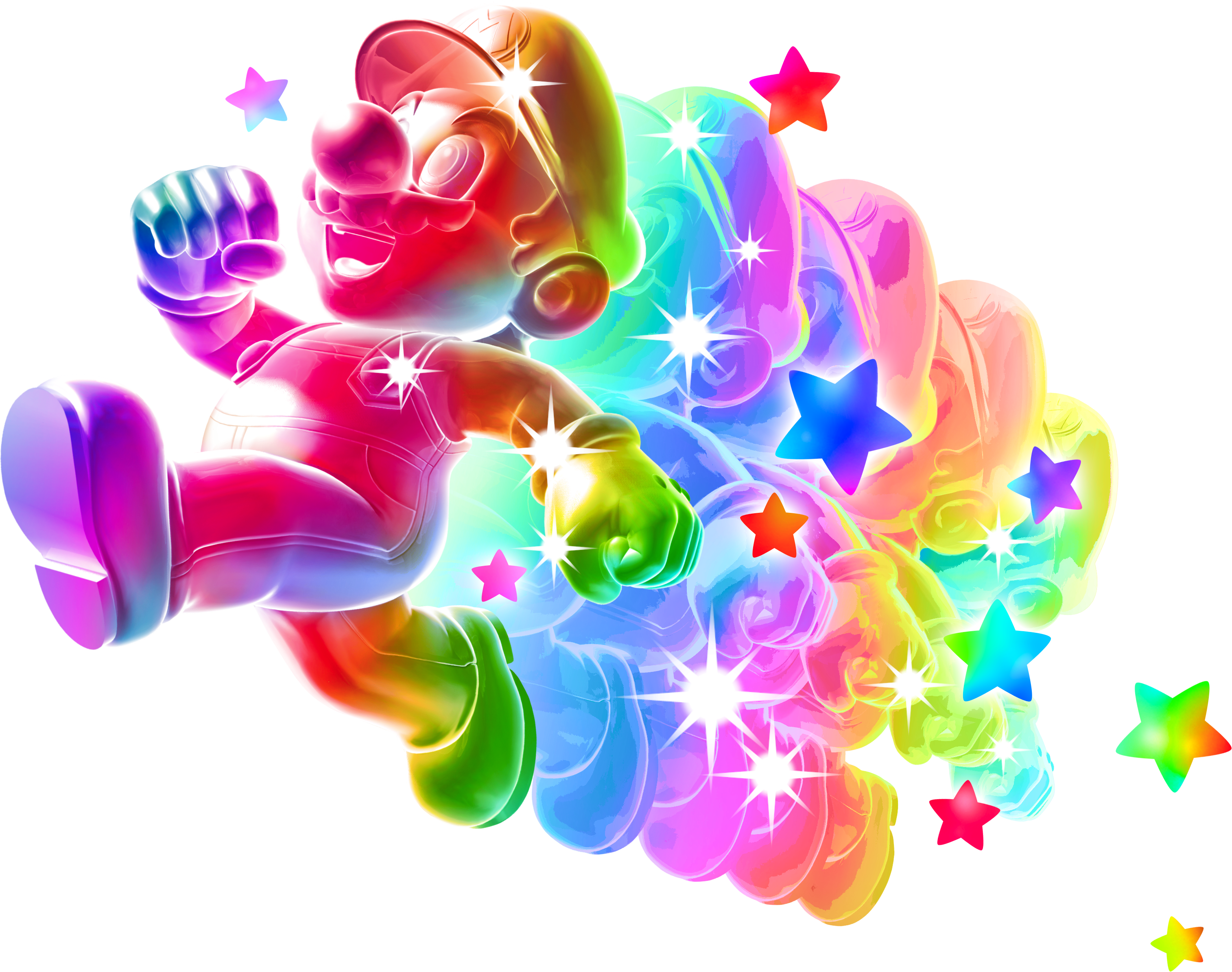
There’s still gay people on Xitter? Why? It’s full of Nazis.
Every large social platform has groups of people who hate each other, even lemmy. They just all have ways to keep only showing people the posts from groups they support (through defederation and only looking at specific communities, or twitter/youtube/tiktok/facebook’s algorithms, etc)
I think the comparison with Lemmy is moot, since Lemmy (or the Fediverse as a whole) isn’t owned by one centralized entity. Twitter quite literally has a Nazi as its owner. Sure, progressive people still have tools at their disposal to be able to use Twitter, but I think it makes sense to question why we should use such a platform.
There’s 8 billion people. I’m pretty sure gay nazis exist.
Ernst Röhm was an actual gay Nazi
My aunt has gay nazi neighbors, they are real.
plenty of gay furry artists around on that platform making lots of gay furry porn
Awsome logic in the original original post.
On a totally unrelated note: whats the biggest number between 0 and 1 (0<x<1)?
The set of all living humans is finite, so (if sexuality is totally ordered) there is a gayest human. Edit:though they may not necessarily be unique.
There are more than 0 people currently the gayest.
Wouldn’t it be like 9.99 into infinity? 🤔 and since the human population (at least currently living) is not infinete, then at some 9.999999 there wouldn’t be anyone with a higher value? (I don’t know math)
0.9999… is equal to 1, so no
no, not really. In engineering math, sure but theoretical math it’s not
0.999… = 1 in theory also.
Otherwise, there exists a δ such that 1 - δ = 0.999…
Then, the δ should have a first nonzero digit. Let us say it is in the millionth placd. But then, 0.999… cannot have a 9 in the millionth place.
Even in theoretical math, 0.999 repeating ends up being exactly equal to 1. In fact, any terminating decimal can be rewritten in a similar manner. For example, 0.25 is exactly equal to 0.24999999 repeating
What’s 3 * 1/3? What’s 3 * 0.3333333…?
Liberals hate this one weird trick
I thought Smith won most gay?
“Being gay isn’t a choice, it’s a competition. And I’m winning.”
Gay Olympics when?
What would gay Olympics look like? Like this?

There can be only one!
a consequence of the axiom of choice is that every set can be given a well ordering. and well orderings always have smallest elements, but they may not have largest elements.
so there is someone who is the least gay, but there may not be a single person who is the most gay.
I’m not sure if I understand. There might not be the “fully” gay person but there is person(s) who is more gay than anyone else, thus making them gayest
oops. you’re completely right. i forgot there are only a finite number of people on earth. there is a gayest person
The axiom of choice doesn’t say one way or another whether the spectrum in “the standard order” (is there a standard definition of more/less gay?) is a well ordering, only that there is some well ordering.
yeah this is true. i should have clarified a bit better that a well ordering wouldn’t give you a “least gay” person in that sense of the word. it would be more correct to say there is a well ordering ⊰, and so there is a “⊰”-least gay person. but of course a “⊰”-least gay person could be in the middle of that spectrum.
but the number of people on earth is finite, so in fact the usual ordering is a well-ordering in this case. so i guess those two mistakes i made cancel each other out, and the axiom of choice isn’t even needed here.
The axiom of choice allows to duplicate a sphere…
I know mathematicians tend to approve of it, but the naturalist in me knows it’s bullshit.
you could think about it this way: one sphere and two spheres have the same “number” of points. (in the same way that there are just as many real numbers as there are real numbers in the interval (0,1).)
so, it becomes “”plausible”” that you could use one sphere to construct two spheres (because in some sense, you aren’t “adding any new points”).
but in the real world, “spheres” only have a finite number of atoms. so if we regard atoms as “points”, then it’s no longer true that one sphere and two spheres have the same number of “points”. and in some sense, this is why the sphere duplication trick doesn’t work in the real world.
it’s also worth mentioning that you have to do some pretty fucked up and unusual things in order to actually duplicate the sphere, and if you don’t allow such weird things to be done to the sphere, then it’s no longer possible to duplicate it, even with the axiom of choice.
By performing measure-preserving transformations to non-measurable sets and acting surprised when at the end of the day measure isn’t preserved. I don’t blame AC for that. AC only implies the existence of a non-measurable set, which is in itself not totally counter-intuitive.
Yeah, I’m really out of my element talking about these abstract mathematical topics… I’m too much of an empirical scientist it seems!
Give me a set and I’ll find a way to measure it! …actually I’d like to know what’s the mathematical definition of measurement, there’s probably a trick there… 🤔
Measure theory gets pretty abstract, so I recommend using a source thats not me. For the Real Numbers, the standard measure (usually the Lebesgue measure) is a way to generalize notions of lengths of intervals to sets that are not intervals or easy unions of intervals. For any set E, we can find various sequences of open intervals (potentially infinitely many intervals) whose union will contain E. The Lebesgue outer measure of E is defined as the infimum of the sum of the lengths of those sequences of intervals (infimum is similar to minimum except that an infimum may not actually be attained). The set E is considered Lebesgue measurable if it satisfies am additional criterion (Caratheodory criterion) in which case the Lebesgue measure is equal to the Lebesgue outer measure. If E does not satisfy that criterion, then it is non-measurable. A measure has desirable certain properties that an outer measure does not satisfy, which is why we prefer the former. Apologies to all math people for any inaccuracies in the above description, it’s been a while.
“Measure” is meant in the specific sense of measure theory. The prototypical example is the Lebesgue measure, which generalizes the intuitive definition of length, area, volume, etc. to N-dimensional space.
As a pseudo definition, we may assume:
-
The measure of a rectangle is its length times its width.
-
The measure of the disjoint union of two sets is the sum of their measures.
In 2), we can relax the assumption that the two sets are disjoint slightly, as long as the overlap is small (e.g. two rectangles overlapping on an edge). This suggests a definition for the measure of any set: cover it with rectangles and sum their areas. For most sets, the cover will not be exact, i.e. some rectangles will lie partially outside the set, but these inexact covers can always be refined by subdividing the overhanging rectangles. The (Lebesgue) measure of a set is then defined as the greatest lower bound of all possible such approximations by rectangles.
There are 2 edge cases that quickly arise with this definition. One is the case of zero measure: naturally, a finite set of points has measure zero, since you can cover each point with a rectangle of arbitrarily small area, hence the greatest lower bound is 0. One can cover any countably infinite set with rectangles of area epsilon/n^(2) so that the sum can be made arbitrarily small, too. Even less intuitively, an uncountably infinite and topologically dense set of points can have measure 0 too, e.g. the Cantor set.
The other edge case is the unmeasurable set. Above, I mentioned a subdivision process and defined the measure as the limit of that process. I took for granted that the limit exists. Indeed, it is hard to imagine otherwise, and that is precisely because under reasonably intuitive axioms (ZF + dependent choice) it is consistent to assume the limit always exists. If you take the full axiom of choice, you may “construct” a counterexample, e.g. the Vitali set. The necessity of the axiom of choice in defining this set ensures that it is difficult to gain any geometric intuition about it. Suffice it to say that the set is both too “substantial” to have measure 0, yet too “fragmented” to have any positive measure, and is therefore not well behaved enough to have a measure at all.
Well that’s interesting: in order to define unmeasurable sets, you relied on the axiom of choice… I suppose it might be possible to define unmeasurable sets without AC, but maybe not!
Every time I encounter the axiom of choice implying a bunch of crazy stuff, it always loop back to requiring AC. It’s like a bunch of evidence against AC!
I find it interesting that the basic description of AC sounds very plausible, but I’m still convinced mathematicians might have made the wrong choice… (See what i did there? 😄)
It’s required, but nontrivially so. It has been proven that ZF + dependent choice is consistent with the assumption that all sets of reals are Lebesgue measurable.
-
Based anime set theorist.
yay homophobia…
How?
God, your profile picture is ominous.





